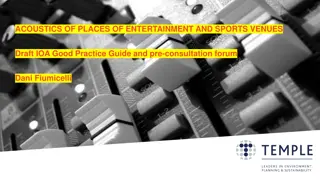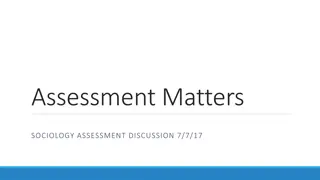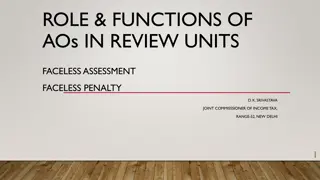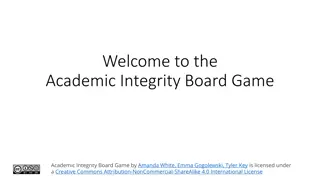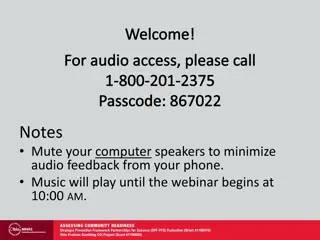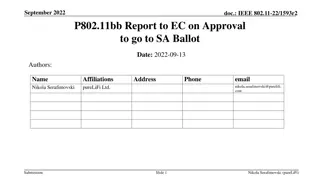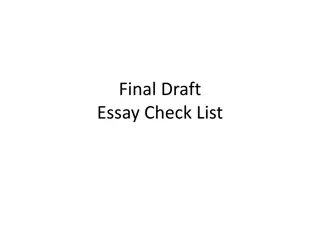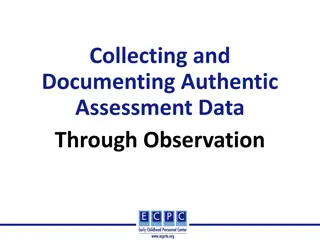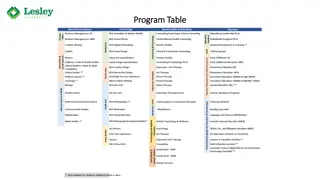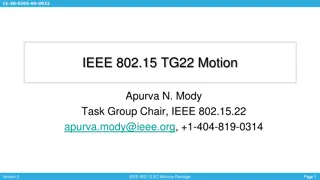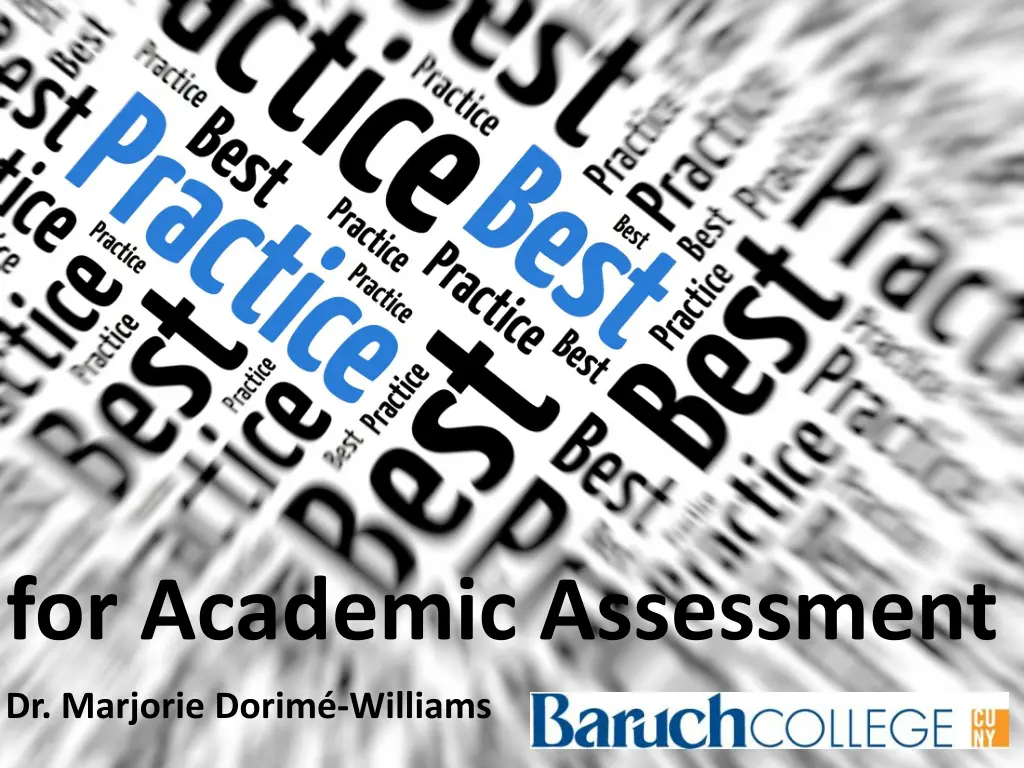
Effective Academic Assessment Strategies
Explore the concept of "best practices" in academic assessment through insights on methodologies, processes, and theories that have proven successful in various contexts. Discover top tips for assessment for learning, including spaced tasks, skill practice opportunities, and detailed feedback.
Download Presentation

Please find below an Image/Link to download the presentation.
The content on the website is provided AS IS for your information and personal use only. It may not be sold, licensed, or shared on other websites without obtaining consent from the author. If you encounter any issues during the download, it is possible that the publisher has removed the file from their server.
You are allowed to download the files provided on this website for personal or commercial use, subject to the condition that they are used lawfully. All files are the property of their respective owners.
The content on the website is provided AS IS for your information and personal use only. It may not be sold, licensed, or shared on other websites without obtaining consent from the author.
E N D
Presentation Transcript
for Academic Assessment Dr. Marjorie Dorim -Williams
Most Common Practices Best Practices
What Are Best Practices? There is no such thing as best practices. The reality is best practices are nothing more than disparate groups of methodologies, processes, rules, concepts and theories that attained a level of success in certain areas, and because of those successes, have been deemed as universal truths able to be applied anywhere and everywhere. -Mike Myatt, 2012
One More Time With Less Hyperbole Best practices can be thought of as just practices and processes that others have found to be successful or the best for them. They re often not very concrete. They re there for you to think about, evaluate, and on occasion use as a starting point. There are different types of best practices corresponding to the different types of assessment (i.e. formative and summative).
Assessment for Learning: Top 10 Tips (From the Sheridan Center for Teaching and Learning At Brown University) 1. Provide spaced assessed tasks to enable students to allocate sufficient time to study over a suitable time period and avoid cramming .
Assessment for Learning: Top 10 Tips 2. Design the assessment so that students tackle the task appropriately: i.e. they engage in the process of learning rather than simply producing a final product.
Assessment for Learning: Top 10 Tips 3. Give students the opportunity to practice the skills they need for each assessment.
Assessment for Learning: Top 10 Tips 4. Provide sufficient and detailed feedback.
Assessment for Learning: Top 10 Tips 5. Focus your feedback on student performance, learning or actions the student can control.
Assessment for Learning: Top 10 Tips 6. Provide timely feedback: while it matters to the student and can be used to improve future performance.
Assessment for Learning: Top 10 Tips 7. Align feedback with the learning goals of the assignment and the assessment criteria.
Assessment for Learning: Top 10 Tips (From the Sheridan Center for Teaching and Learning At Brown University) 8. Provide feedback that is appropriate to the student s breadth and depth of background, experience, and level of independence.
Assessment for Learning: Top 10 Tips (From the Sheridan Center for Teaching and Learning At Brown University) 9. Feedback needs to be read and noticed.
Assessment for Learning: Top 10 Tips (From the Sheridan Center for Teaching and Learning At Brown University) 10. Make sure feedback is acted on by the student.
Assessing Student Learning: 9 Principles of Good Practice 1. The assessment of student learning begins with educational values.
Assessing Student Learning: 9 Principles of Good Practice 2. Assessment is most effective when it reflects an understanding of learning as multidimensional, integrated, and revealed in performance over time.
Assessing Student Learning: 9 Principles of Good Practice 3. Assessment works best when the programs it seeks to improve have clear, explicitly stated purposes.
Assessing Student Learning: 9 Principles of Good Practice 4. Assessment requires attention to outcomes but also and equally to the experiences that lead to those outcomes.
Assessing Student Learning: 9 Principles of Good Practice 5. Assessment works best when it is ongoing not episodic.
Assessing Student Learning: 9 Principles of Good Practice 6. Assessment fosters wider improvement when representatives from across the educational community are involved.
Assessing Student Learning: 9 Principles of Good Practice 7. Assessment makes a difference when it begins with issues of use and illuminates questions that people really care about.
Assessing Student Learning: 9 Principles of Good Practice 8. Assessment is most likely to lead to improvement when it is part of a larger set of conditions that promote change.
Assessing Student Learning: 9 Principles of Good Practice 9. Through assessment, educators meet responsibilities to students and to the public.
Some General Suggestions 1. Don t skip steps. 4. Stay focused on the learner. Close the loop. Be professional. Get help. Work together 2. Keep it simple. 5. 6. 7. 8. 3. Never test the depth of the water with both feet.





